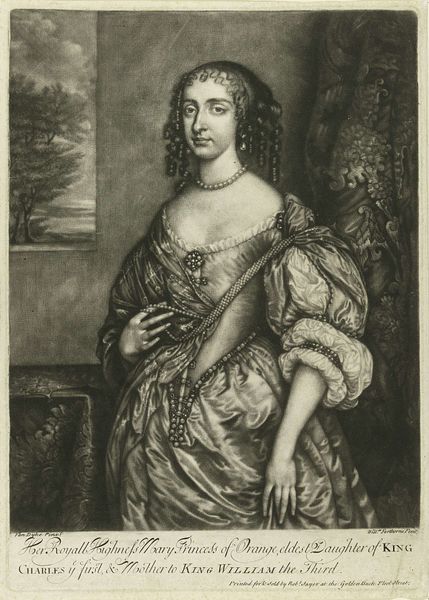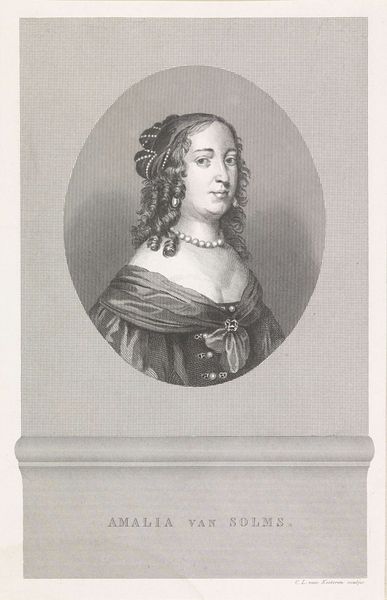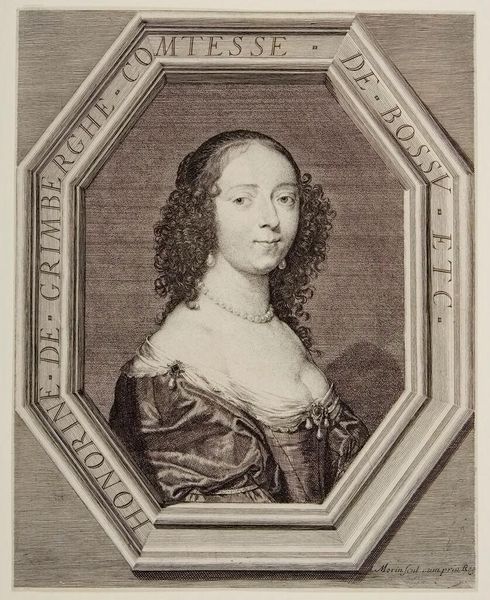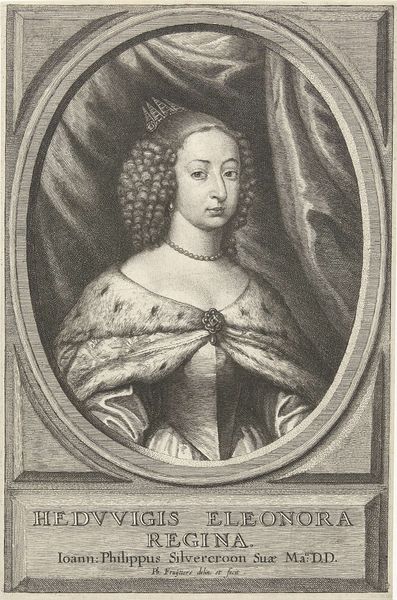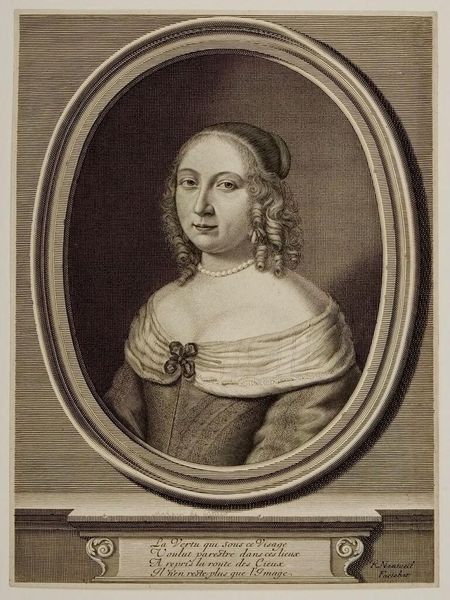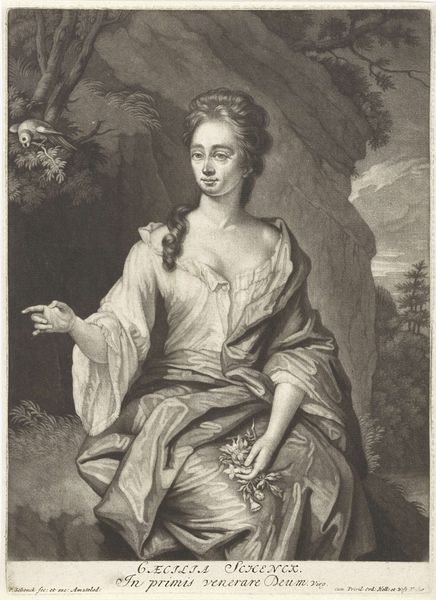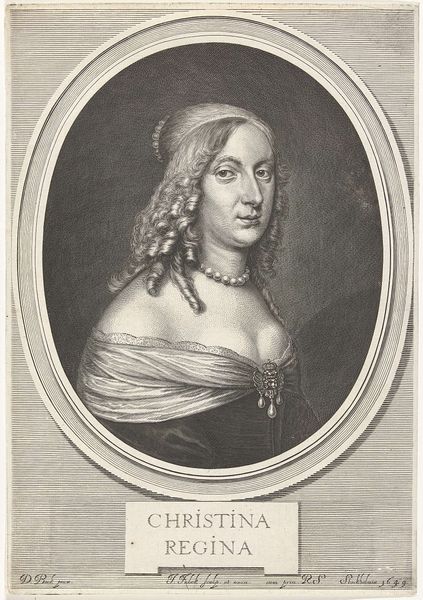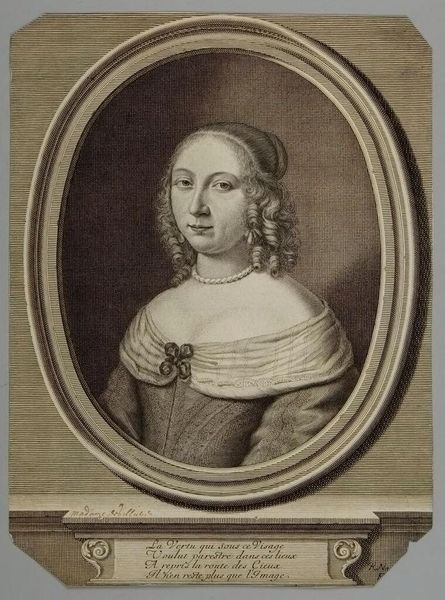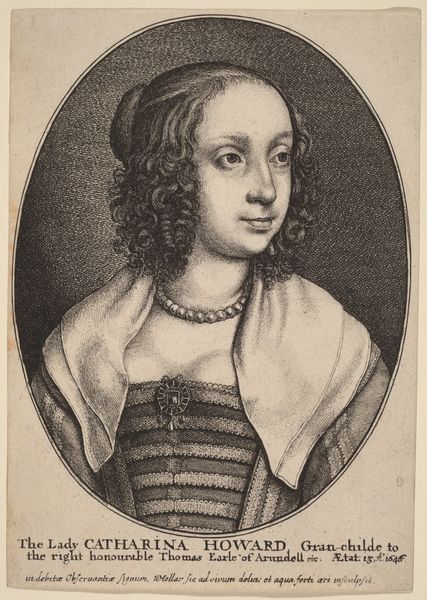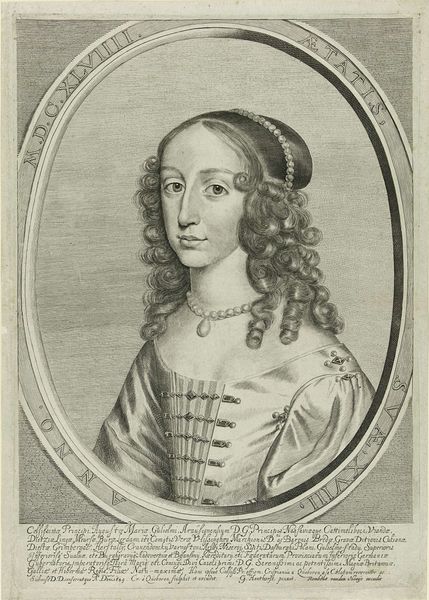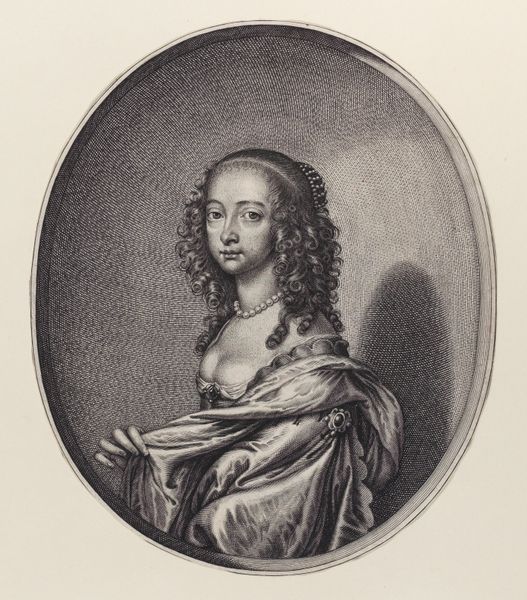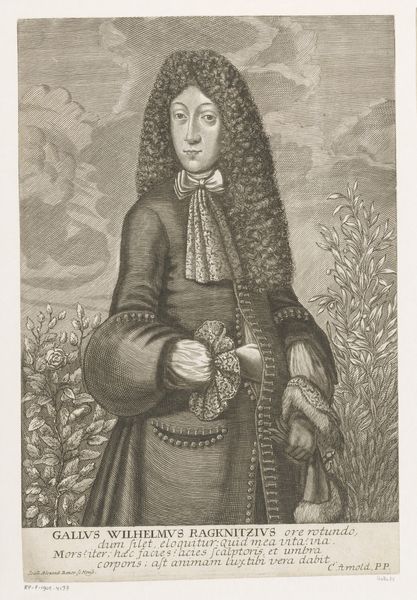
etching
#
portrait
#
baroque
#
etching
#
landscape
#
charcoal drawing
#
form
#
portrait reference
#
limited contrast and shading
#
line
#
portrait drawing
#
history-painting
#
remaining negative space
#
realism
Dimensions: height 216 mm, width 145 mm
Copyright: Rijks Museum: Open Domain
This is Wenceslaus Hollar’s "Portrait of a Standing Woman Next to a Laurel Plant," made using etching, a printmaking technique that relies on acid to cut lines into a metal plate. The artist would have covered the plate with a waxy, protective ground, then scratched an image into it with a needle. Once dipped in acid, the exposed metal would be eaten away, leaving behind incised lines to hold ink. Hollar’s skill is evident in the fineness of the lines, which create a remarkable sense of volume and detail. The woman’s dress has depth, and the laurel plant is carefully articulated. Think about how the artist used line work to describe the social status of the sitter. The quality of her garments, pearls, and hairstyle, all rendered through the labor-intensive craft of etching, speak to the economic realities of 17th-century life. Hollar’s print reminds us that art, even when seemingly straightforward, is deeply intertwined with the means of its production.
Comments
No comments
Be the first to comment and join the conversation on the ultimate creative platform.
